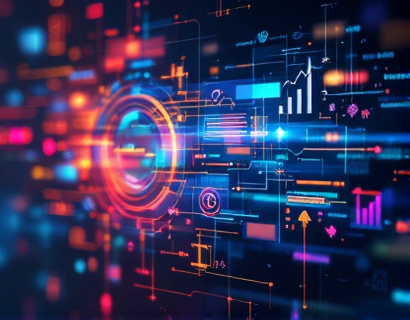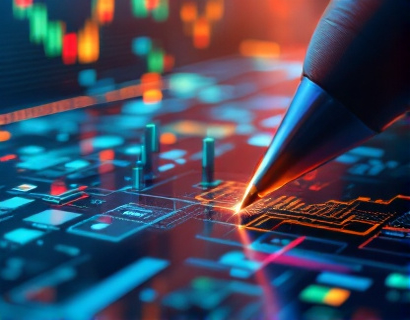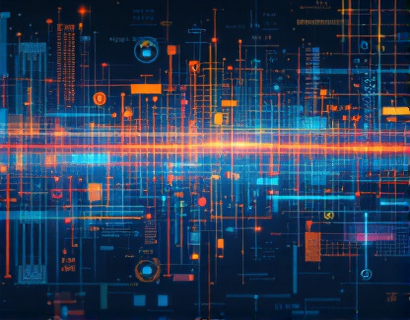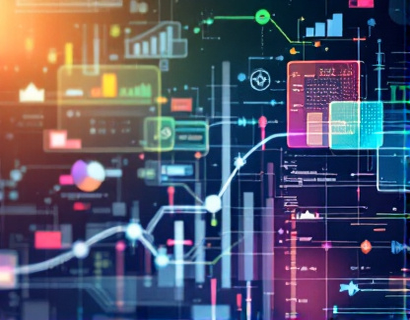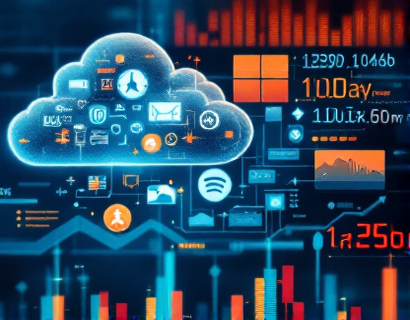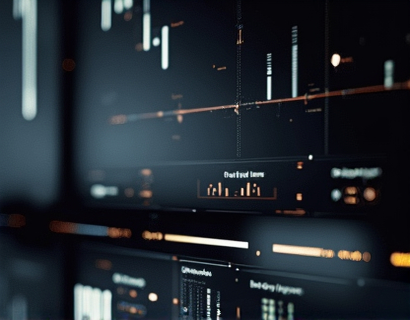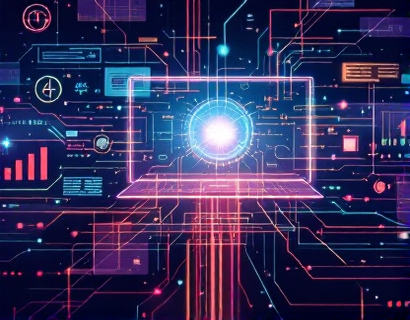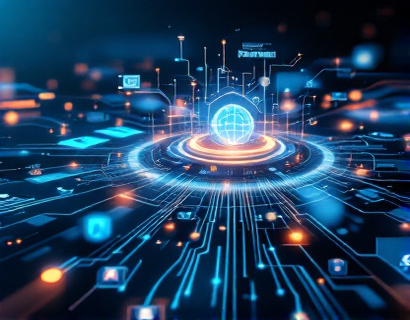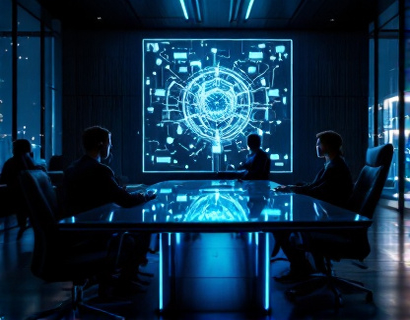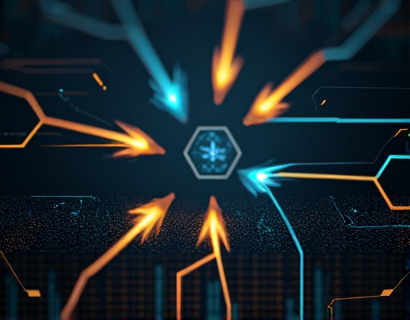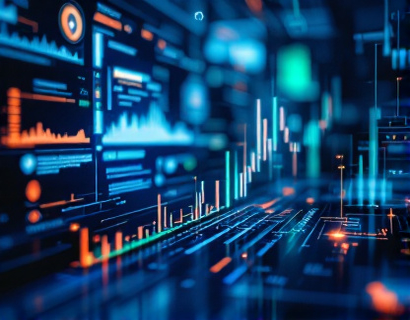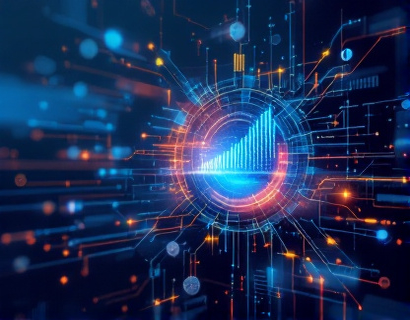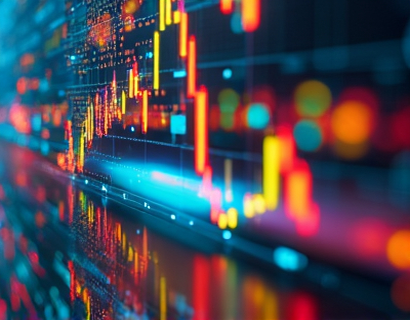Blockchain for Art: Revolutionizing the Preservation and Tracking of Historical Artifacts with Decentralized Solutions
In recent years, blockchain technology has emerged as a transformative force across various industries, and the art world is no exception. This decentralized ledger system offers a secure, transparent, and immutable way to track the authenticity and provenance of historical artifacts and artworks. By leveraging blockchain, the art sector can ensure secure ownership, foster trust among collectors, museums, and cultural institutions, and ultimately preserve our shared cultural heritage more effectively.
The traditional methods of verifying the authenticity and provenance of artworks are often cumbersome, prone to errors, and susceptible to fraud. This is where blockchain technology steps in, providing a robust solution to these challenges. By recording each transaction and ownership change on a blockchain, a permanent and tamper-proof record is created, accessible to all stakeholders involved. This not only enhances the reliability of the information but also streamlines the process of verifying an artwork's history and legitimacy.
One of the key benefits of using blockchain in the art world is the enhancement of trust. Collectors and institutions can have confidence in the authenticity of the artworks they purchase or hold, knowing that the information is verifiable and immutable. This trust is crucial for the art market, as it encourages more transactions and investments, thereby supporting the preservation and appreciation of art.
Blockchain technology also plays a vital role in the preservation of historical artifacts. By creating a decentralized and distributed ledger, the risk of data loss or manipulation is significantly reduced. Each artifact can be assigned a unique digital identity, linked to its physical counterpart, ensuring that its history and condition are accurately documented and maintained over time. This digital twin approach not only aids in conservation efforts but also allows for better management and tracking of artifacts across different locations and institutions.
The application of blockchain in art and cultural heritage is not limited to authentication and preservation. It also opens up new possibilities for provenance research and art history. Researchers and historians can access a comprehensive and reliable database of artworks, tracing their origins and movements through centuries. This can lead to new discoveries and a deeper understanding of artistic movements and cultural exchanges.
For collectors, the benefits are equally significant. Owning a piece of art comes with a responsibility to ensure its authenticity and value is maintained. Blockchain provides a transparent and secure way to document and verify the ownership history of an artwork, reducing the risk of purchasing counterfeit items. This transparency also adds a layer of prestige and credibility to the ownership of art, as the provenance is clearly traceable and verifiable.
Museums and cultural institutions stand to gain greatly from the integration of blockchain technology. These organizations often manage vast collections of artworks and artifacts, each with its own complex history. Blockchain can simplify the process of cataloging and managing these collections, ensuring that all records are accurate and up-to-date. Additionally, it can facilitate the sharing of information between institutions, promoting collaboration and enhancing the educational value of exhibits.
From an operational standpoint, blockchain can streamline administrative tasks such as transactions, donations, and loans. Smart contracts, self-executing contracts with the terms directly written into code, can automate these processes, reducing the need for intermediaries and lowering costs. This efficiency not only benefits the institutions but also makes the art market more accessible to a broader audience.
The impact of blockchain on the art market extends beyond individual transactions. It contributes to the overall stability and growth of the market by reducing fraud and increasing transparency. This, in turn, can lead to higher valuations and more active trading, benefiting artists, collectors, and the art community as a whole. As more players in the art world adopt blockchain solutions, the market is likely to become more robust and resilient.
Despite its numerous advantages, the adoption of blockchain in the art world is not without challenges. One of the primary concerns is the technical complexity and the need for education and training. Many stakeholders in the art sector may not be familiar with blockchain technology, making it essential to provide resources and support to facilitate its integration. Additionally, the scalability and interoperability of blockchain platforms need to be addressed to ensure seamless operations across different systems and jurisdictions.
Another challenge is the regulatory landscape. As blockchain is a relatively new technology, the legal frameworks governing its use in the art world are still evolving. Issues such as intellectual property rights, data privacy, and cross-border transactions require careful consideration and clear regulations to ensure that the benefits of blockchain are realized without compromising on ethical and legal standards.
To overcome these challenges, collaboration between technology experts, legal professionals, and art industry stakeholders is crucial. By working together, they can develop tailored blockchain solutions that meet the specific needs of the art world. Pilot projects and partnerships can help test and refine these solutions, paving the way for wider adoption.
Looking ahead, the future of blockchain in the art world is promising. As the technology matures and more success stories emerge, we can expect to see increased adoption and innovation. The integration of blockchain with other emerging technologies, such as artificial intelligence and the Internet of Things, could further enhance the capabilities of art preservation and tracking. For instance, AI can be used to analyze and authenticate artworks based on visual and historical data, while IoT devices can monitor the condition and environment of artifacts in real-time.
The potential for blockchain to revolutionize the art world is vast. By providing a secure, transparent, and decentralized platform for tracking and verifying artworks, it addresses some of the most pressing issues faced by collectors, museums, and cultural institutions. This not only helps in preserving our cultural heritage but also fosters a more trustworthy and dynamic art market. As more stakeholders embrace this technology, we can look forward to a future where the value and significance of art are preserved for generations to come.




